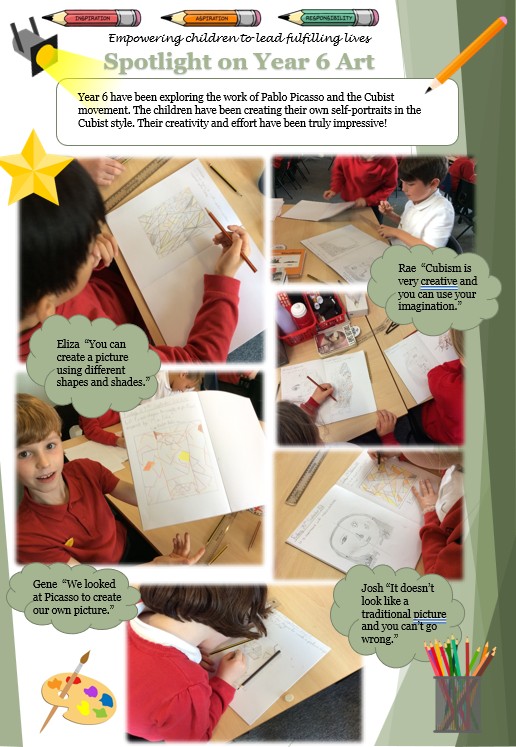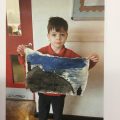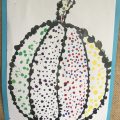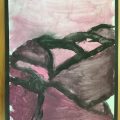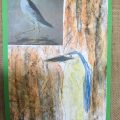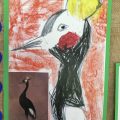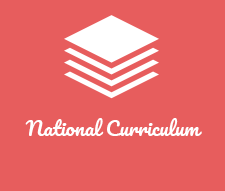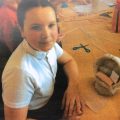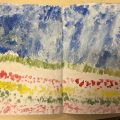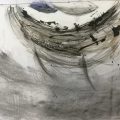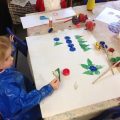“I liked using my fingers to paint”– Bonnie
“No design is bad in Art” – Lara
“I like that the teachers don’t tell you what you have to do and you can use your emotions” – Charlotte
“I like using different materials” – Gene
“I like seeing how talented people are and copying it” – Enzo
At Manland, we use the National Curriculum for art alongside the Access Art scheme of work. Pupils are taught artistic skills, alongside learning about artists and the historical and cultural development of art forms. Pupils learn about how art is both reflected in and has shaped our history, as well as how it has contributed to the culture, creativity and wealth of our nation.
We enrich our classroom teaching of Art in many ways. For example, pupils are able to take part in a wide variety of activities throughout the year, such as House Learning Days where they work with different year groups to create visual outcomes. The pupils’ learning is enhanced as they have the opportunity for collaborative working and exploring the different styles and techniques of a range of artists from around the world.
We encourage children to consider themselves as artists, challenging their own perspectives when it comes to creating and evaluating visual art. We encourage discussion and healthy debate around Big Questions in Art, such as, ‘What makes art good?’
We encourage children to take part in art competitions throughout the year, to showcase their hard work. Pupils’ learning and talents are celebrated in assemblies, as well as, on the school website and X (formerly Twitter) account.
Our Aims – Art National Curriculum
The National Curriculum for Art aims to ensure that all pupils:
- Produce creative work, exploring their ideas and recording their experiences
- Become proficient in drawing, painting, sculpture and other art, craft and design techniques
- Evaluate and analyse creative works using the language of art, craft and design
- Know about great artists, craft makers and designers, and understand the historical and cultural development of their art forms.
Ways to Develop Art Skills at Home
- Try to visit art galleries and exhibitions whenever possible
- Encourage your child to paint, draw or take part in artistic activities
- Create artwork from a range of materials, including art outside in nature.
- Visit websites where children can take part in digital art exercises, such as, https://www.scholastic.com/parents/school-success/learning-toolkit-blog/4-websites-where-kids-can-create-digital-art.html
- Encourage children to become more familiar with great artists from history by visiting museum websites, such as, http://gws.ala.org/tags/art-history
Spotlight on Art
